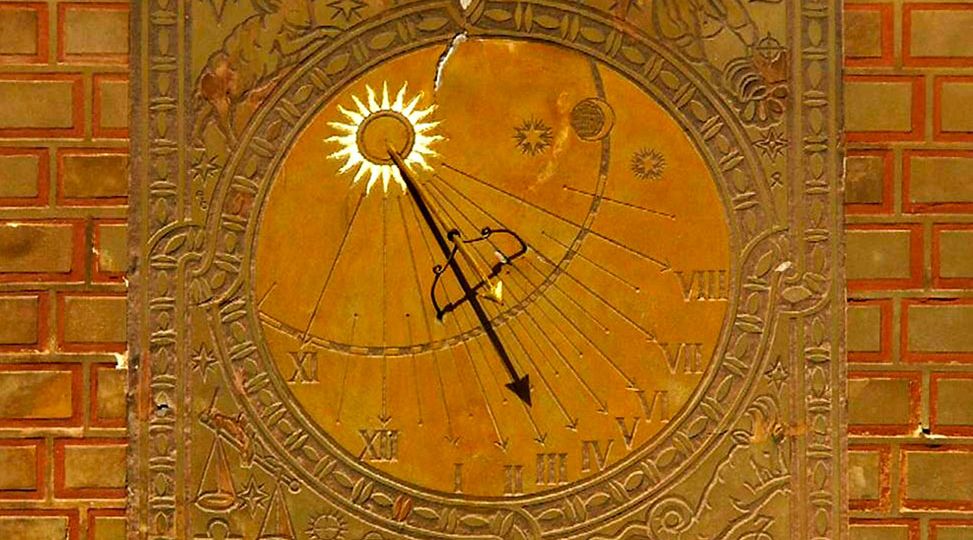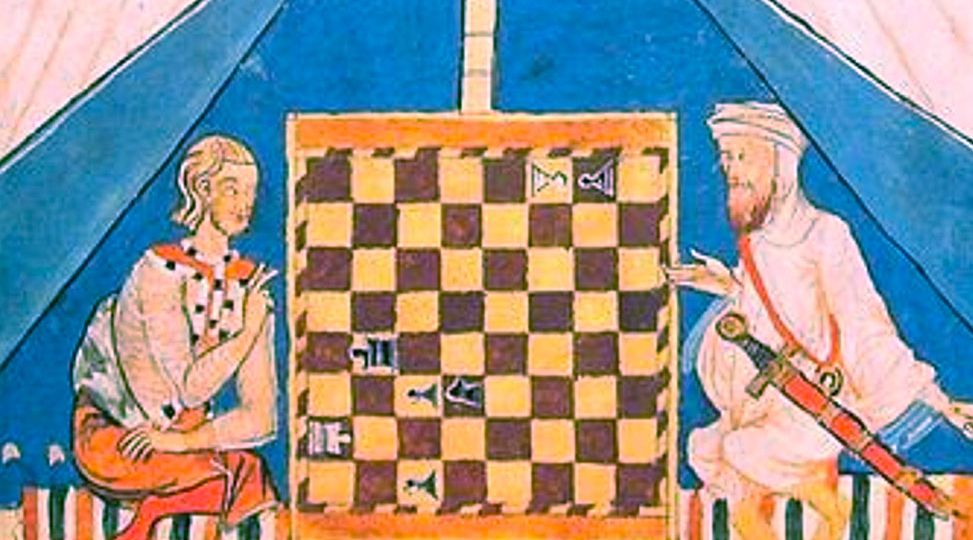The competent, professional, independent persona that I had painstakingly crafted over my entire adolescence and adulthood was taken from me. The woman who had climbed the ranks to become a successful executive at the pinnacle of the corporate world, with her glamorous jet-setting lifestyle, was gone. I had experienced an enormous personal defeat and, having no recourse left, I realized I had reached rock bottom.
ENTP
When I first learned about typology in the mid 1990s, I set out to conquer the inferior function. After all, I wanted to develop in every way possible, and surely that meant quashing anything inferior! More recently, however, I have come to appreciate the power of this gremlin to draw me closer to the middle realm of dreams and imagination, where wisdom rises from the depths.
Individuation calls us to fight the dragon head-on. The struggles of relationship—whether with another person or within a culture—are opportunities. We can flee and seek a quick-fix, taking what my husband calls “tequila shot” flights to numb the discomfort until the next situation arises. Or we can remain within the oyster shell and endure the uncomfortable rubbing.
The mythic relationship between Apollo and Hermes personifies a working relationship between two entirely different styles of being the world. Apollo, lord of reason, light, and order, appears fascinated by Hermes—a figure associated with trickery, liminal spaces, and movement. Despite the two gods’ intrinsic tensions, they build a lasting relationship.
The Judging functions influence how we pursue, record, and celebrate goals; but before any action toward a goal is taken, the Perceiving functions influence how we think and talk about them. Goal setting boils down to how different types orient to time, and how people are mentally present varies considerably depending on their preferences for gathering information.
He was so struck by his MBTI® assessment that it took us three coaching sessions to get through the report. He saw how his type preferences heavily influenced how he preferred to work. After he presented his preferences from his Type Verifier, one of his superiors said that she thought he was being underutilized in the department.
People of different types are prone to think about religion and spirituality in different ways. While type obviously does not determine a person’s religious beliefs, type is a lens through which one views the world of religion and spirituality, and as a result, contentious religious differences are often, in part, typological differences in disguise.
Husbands and wives frequently feel like their marriages broke down because their spouses didn’t hear what they were saying. Therefore, the mediator’s ability to see and hear what each party is saying, and to reframe it so that the other party can see and hear it, can make or break their ability to reach a settlement.
These at-risk students taught us how to teach everyone. I have described my classroom set-up as an integral part of the instruction. … Intuitively, before knowing about type, I had set up my classroom to accommodate multiple learning styles. Even the ISTJ students, who tend to like the traditional classroom set-up, performed better in my classroom.
The problem was that I wanted it to be as reliable as a road map. … I wanted the type map to conclusively show me the routes that, say, ESTPs took in their thinking and behavior. When it didn’t ‘work,’ I was disappointed. How could something so useful to me internally be so unreliable in external application, even after extensive study?











